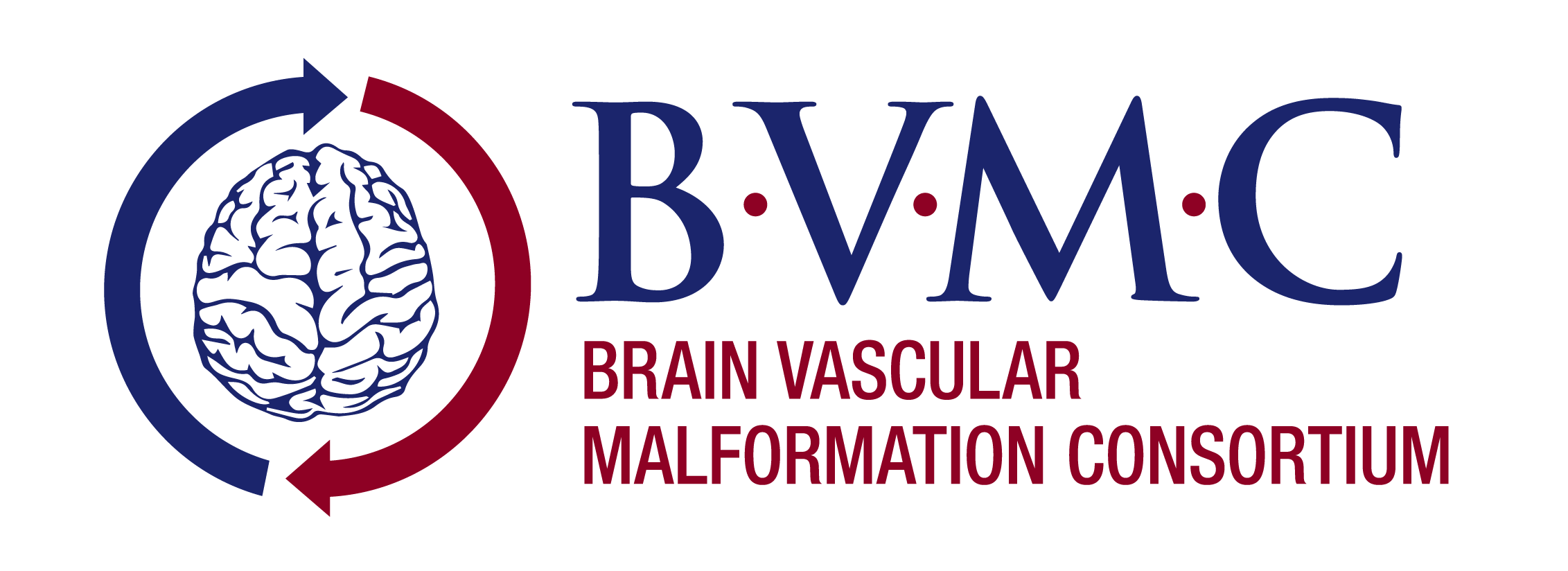6210: Developing a multicenter, integrated data, tissue, genomics, and imaging repository for Sturge-Weber Syndrome
The focus of this pilot project is a proof of concept to build an integrative database with clinical and research data collected on Sturge-Weber syndrome patients at participating research sites and Centers of Excellence. Research data will be collected from the NIH approved BVMC 6202 and 6208 protocols.
For Diseases
- Sturge-Weber syndrome
Background
A major leap in understanding Sturge-Weber syndrome (SWS) has come from the exciting identification of a GNAQ gene mutation. Exactly how this leads to focal abnormalities of the skin, eye, and brain associated with SWS is not clear, however, patients with SWS have significant disabilities in these three organ systems. A major limitation to develop new therapeutics comes from our lack of understanding of the interplay between the GNAQ mutation with the extent of skin, eye, and brain lesions and how these translate into important clinical disease manifestations that range from skin discoloration to blindness, seizures and stroke-like episodes. The purpose of this project is a proof of concept to build an integrative database with clinical and research data to improve the understanding and treatment of SWS.
The research aims are:
- Review existing de-identified clinical data collected from the research protocols BVMC6202 and 6208 to determine if additional data elements are required.
- Review inventory of existing tissue samples cell lines and genomic data and propose a standardized approach for tissue isolation, storage, and processing together with the proposal for a ‘virtual’ tissue and cell line repository at key Centers.
- Develop a database of de-identified MRI and other images and determine ways to link imaging and clinical data with tissue samples.
- Work with the RDCRN Data Management and Coordinating Center to develop the integrative, web-based database structure linking aims 1-3.

